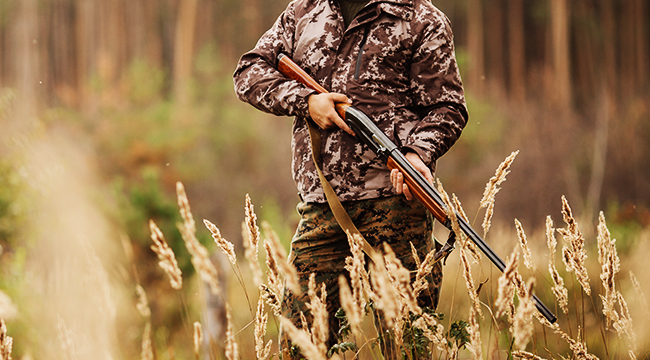
One of the ongoing waves of gun control legislation is private companies, including some surprising ones, announcing that they won’t sell guns to anybody under the age of 21, or even ending the sale of certain guns altogether. But amid this, some relatively surprising retailers have come forward. L.L. Bean and Kroger, for example, better known for jeans and groceries, both announced raising an age limit, surprising quite a few. However, this shock factor illustrates one of the big problems when it comes to the gun control debate: We’re not really sure who owns what guns and why.
L.L. Bean is a case in point. As a company founded by a hunter selling their famous duck boots to hunters, it makes sense that it’d sell firearms, but it seems to be limited to the company’s flagship store in Freeport, ME. Similarly, you’re not going to find a rack of handguns next to the bananas at Kroger. Kroger merged with Pacific Northwest superstore chain Fred Meyer in 1998. Serving Washington, Oregon, Idaho, and Alaska, Fred Meyer was designed to be a one-stop shop, which included guns. A similar chain in the region, Bi-Mart, also raised their age requirements.
Unsurprisingly, these stores cater to hunters. Alaska, for example, had over 600,000 active resident hunting permits in 2016, in a state of about 741,000 residents, and most of the states covered by Fred Meyer see substantial minorities or outright majorities of hunters. While these aren’t the states with the most hunters, the numbers don’t lie: Hunting is popular, either for meat or for sport.
It’s also worth noting that hunting rifles are not like AR-15s and their duplicates; Fred Meyer claims to have discontinued sales of those weapons years ago, and L.L. Bean doesn’t seem to have ever sold them. They’re usually bolt-action rifles, such as the Winchester Model 70, and designed for a much slower rate of fire across a much further distance. This is both for the sake of the animal, since it’s more humane that they’re killed in one shot, and for the sake of the other hunters in the woods. It’s difficult to find trustworthy statistics on hunting accidents, but a small study run by the CDC in the early ’90s found 79% of fatal hunting accidents were “two-party” incidents. That is, a hunter shot another hunter by mistake.
Hunting is, by far, the primary use of firearms in the U.S., so much so, in fact, that a decline of interest in hunting is generally blamed for a drop in overall gun ownership in the United States. It perhaps says something that these stores can raise these ages without worrying too much about their sales, and this hints at a much larger shift in America hidden behind the NRA’s posturing and the arguments over what guns to ban and how. It’s not a secret that gun control laws are wildly popular among Americans, and if Congress won’t lead, it might be the stores that sell guns, and their customers, who do it instead.
(via Chicago Tribune)
